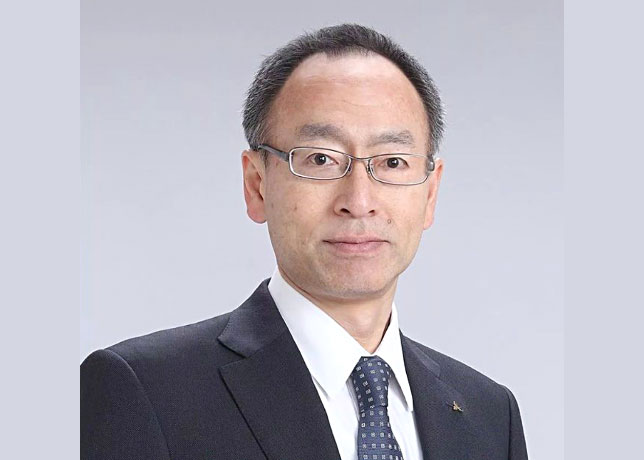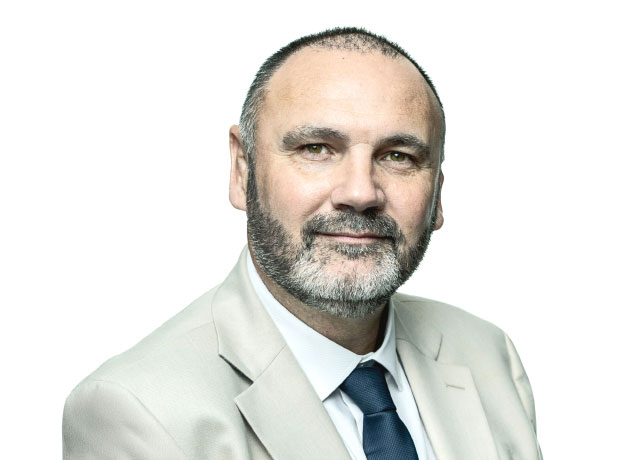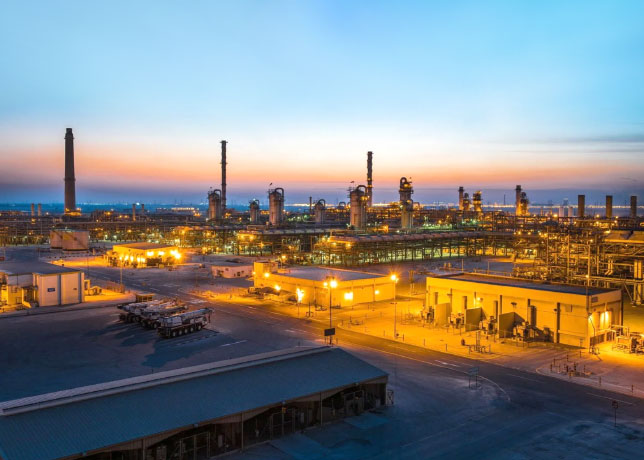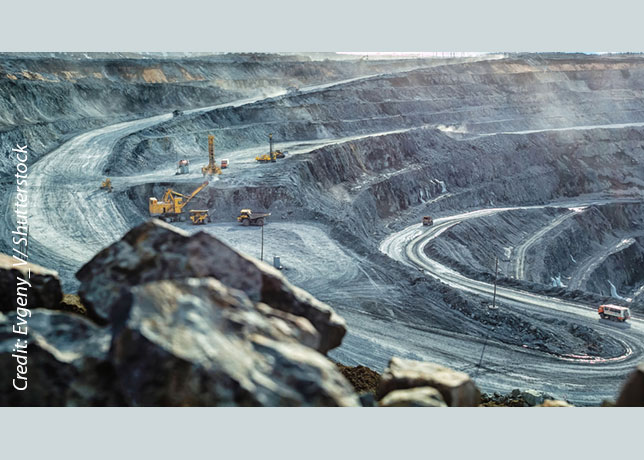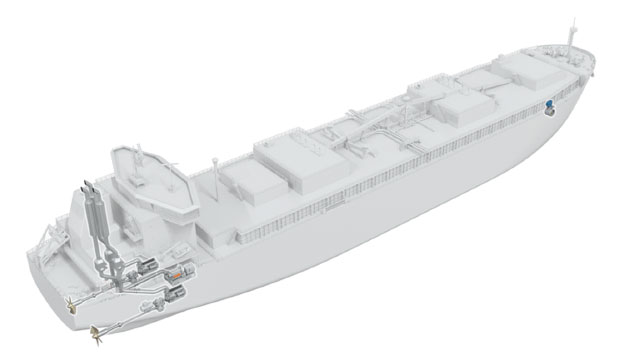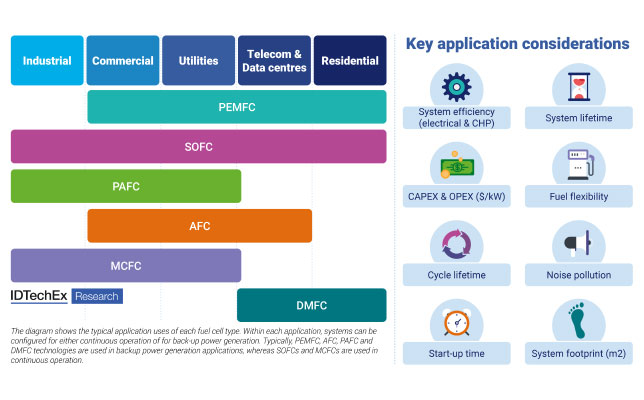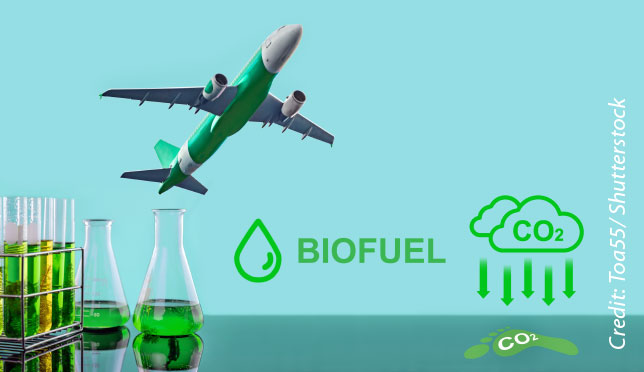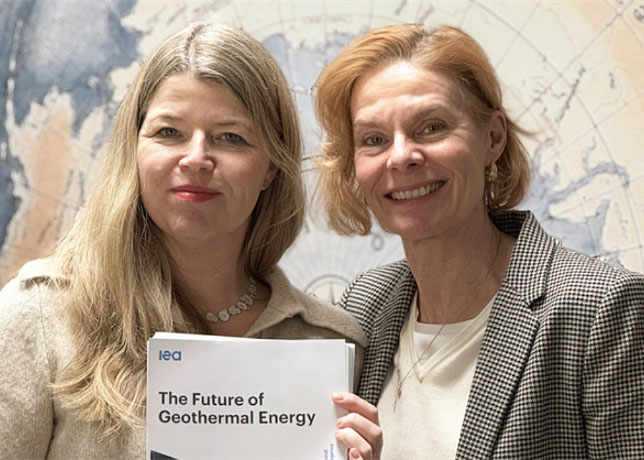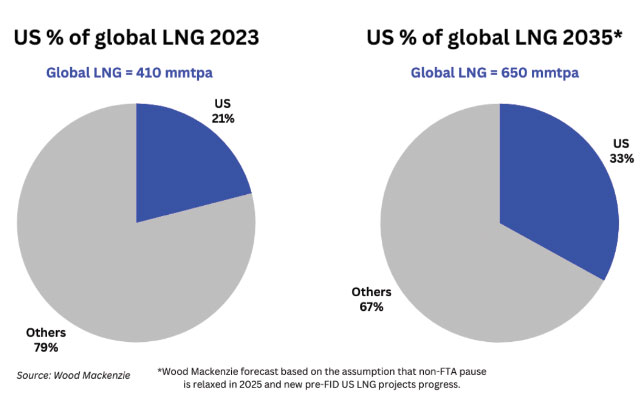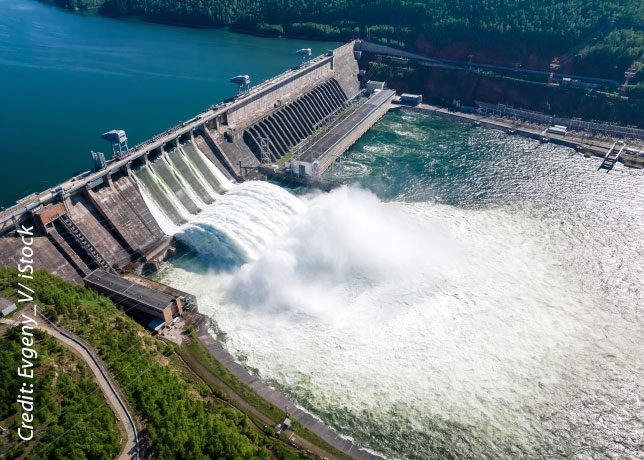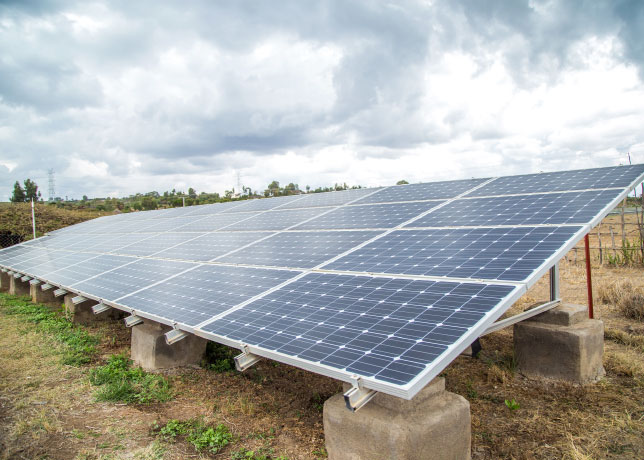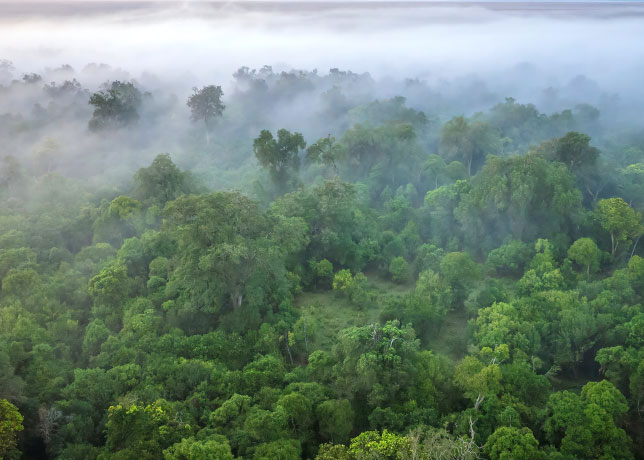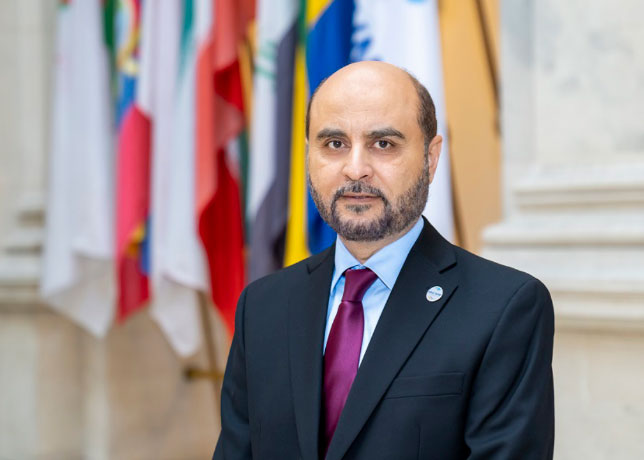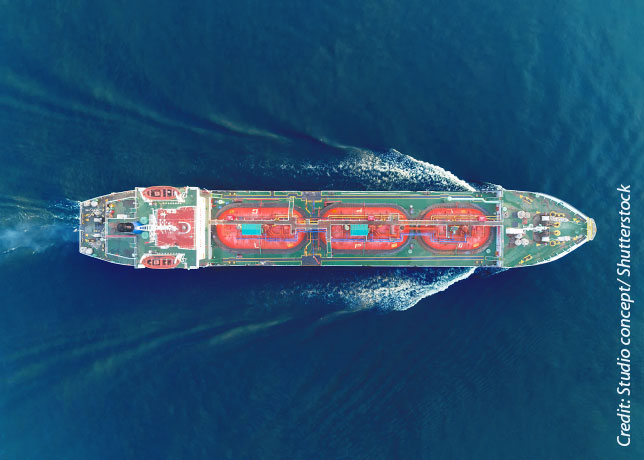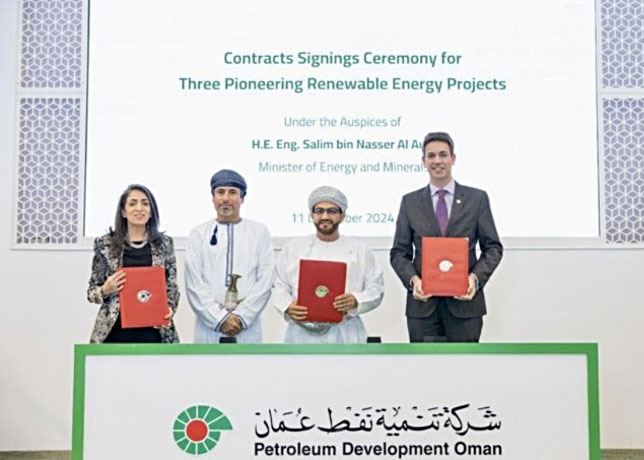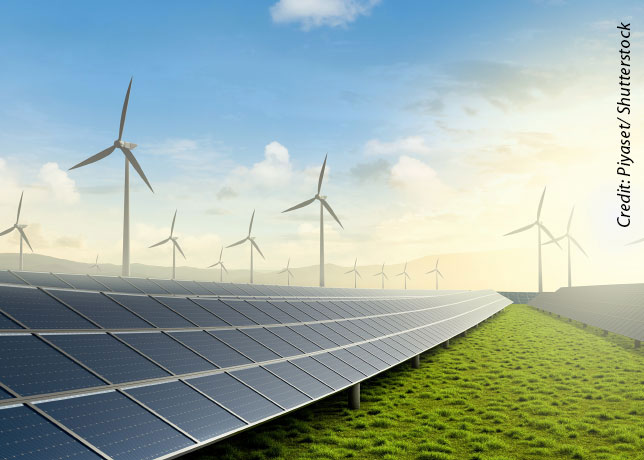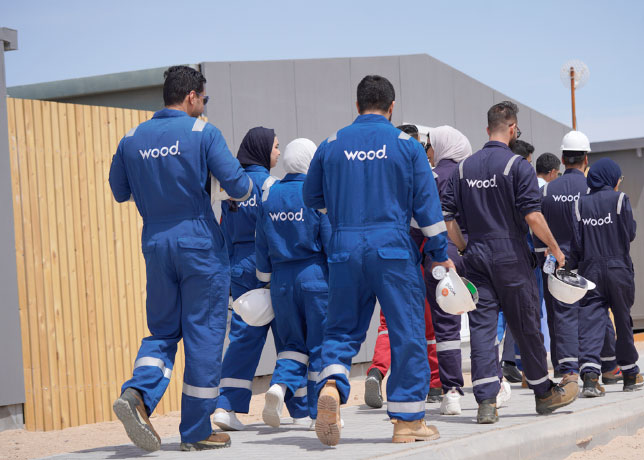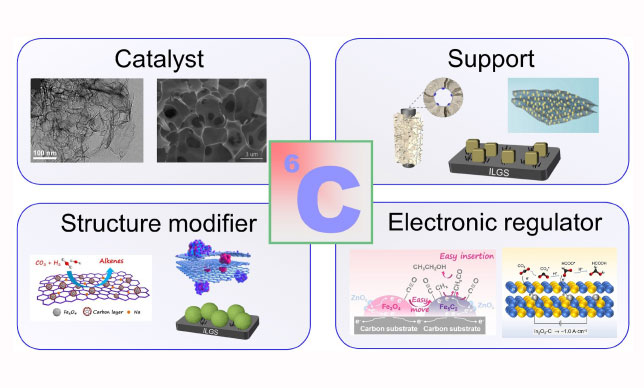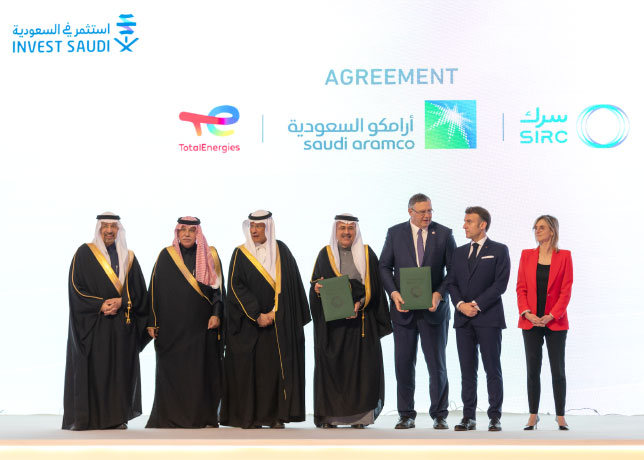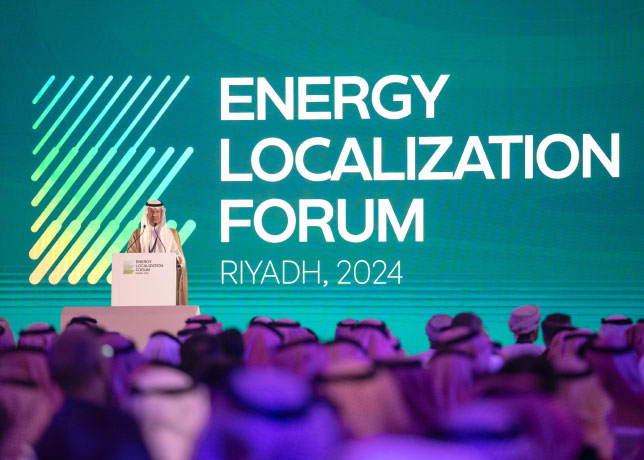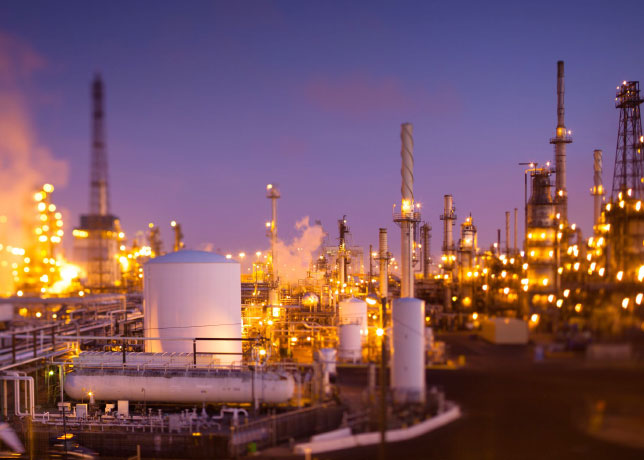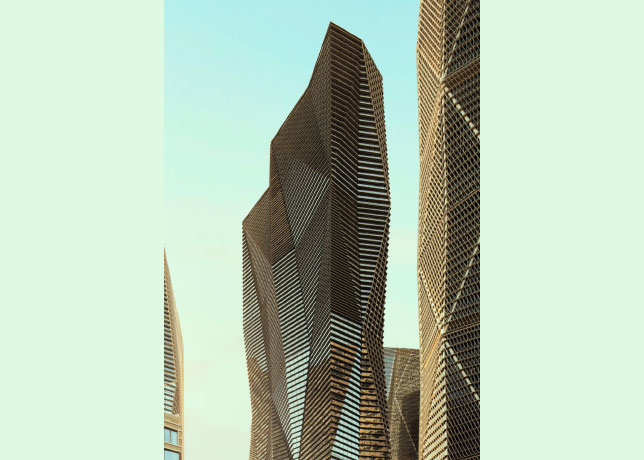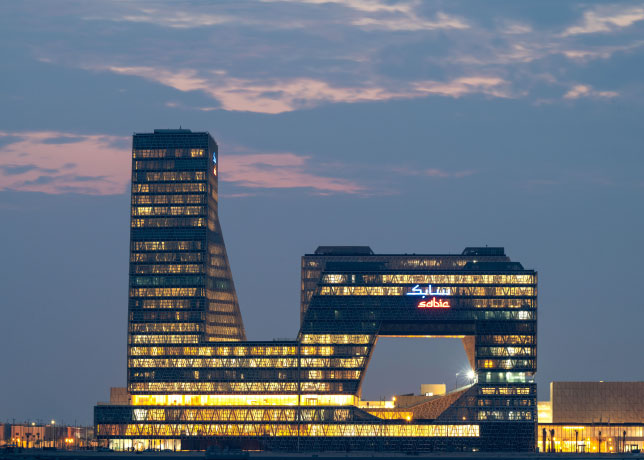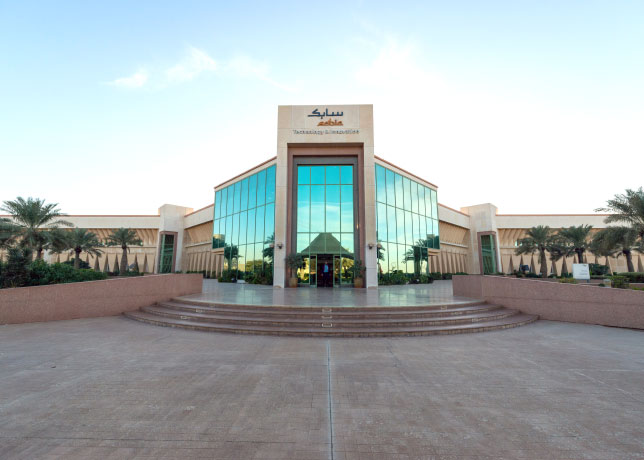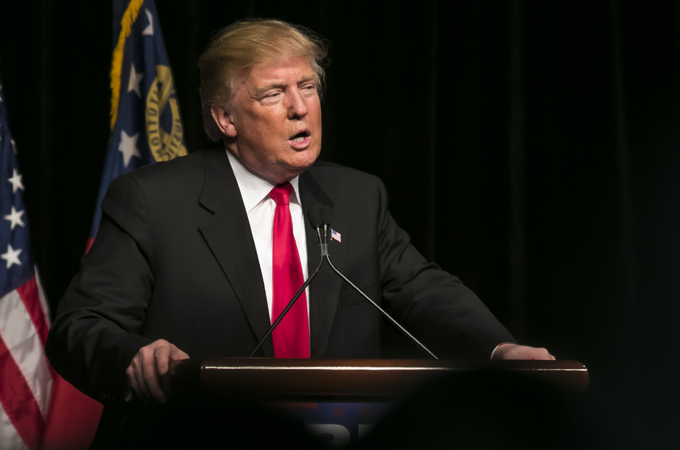
Donald Trump, after taking over as the 47th President of the United States yesterday, issued a flurry of decisions and executive orders on everything from oil, WHO, immigration, climate to pardons for his supporters.
He laid out a sweeping plan to maximise oil and gas production, including by declaring a national energy emergency to speed permitting, rolling back environmental protections, and withdrawing the US from an international pact to fight climate change.
The moves signal a dramatic U-turn in Washington’s energy policy after former President Joe Biden sought for four years to encourage a transition away from fossil fuels in the world's largest economy. But it remains to be seen if Trump's measures will have any impact on US production, already at record levels as drillers chase high prices in the wake of sanctions on Russia after its 2022 invasion of Ukraine, said a Reuters report.
President's executive orders carry the weight of law, but can be overturned by subsequent presidents or the courts. Many could face legal challenges. Some of the many policy changes that Trump enacted within hours of being sworn into office include:
WHO exit: The US will exit the World Health Organization (WHO), Trump said, saying the global health agency had mishandled the COVID-19 pandemic and other international health crises. Trump said the WHO had failed to act independently from the "inappropriate political influence of WHO member states" and required "unfairly onerous payments" from the US that are disproportionate to the sums provided by other, larger countries, such as China.
Immigration: Trump has signed a directive to declare a national emergency at the southern border. "That's a big one," Trump said as he added his signature. He also targeted automatic citizenship for US-born children of immigrants in the country illegally.
As part of this declaration, Trump directed agency chiefs to relaunch efforts to "construct additional physical barriers along the southern border". The directive is not an executive order and it's unclear how such an effort might be funded, a key hurdle for Trump during his first term.
When Trump was first elected president in 2016, he signed an executive order to build a border wall. Although some parts of barrier were built, most was left uncompleted.
Trump also signed an order that is set to suspend the US refugee resettlement programme for four months, though the details were unclear.
Closing the border: Trump ordered the military to "seal the borders" and cited the flow of illicit drugs, human smuggling and crime relating to crossings.
Gangs and cartels designated terrorists: The president signed a directive that designates drug cartels and international gangs as foreign terrorist organisations. Salvadoran migrant gang MS-13 and Venezuelan gang Tren de Aragua will be added to a list that includes Al-Qaeda, the so-called Islamic State and Hamas.
'Remain in Mexico': Trump also re-implemented his "Remain in Mexico" policy in a day-one executive order. A measure from his first term, it returned about 70,000 non-Mexican asylum seekers across the border to await hearings.
Halting flying migrants: In the same order, Trump also shut down a major Biden-era immigration pipeline: a sponsorship initiative that allowed up to 30,000 migrants from Cuba, Haiti, Nicaragua and Venezuela to fly to the US.
This policy, known as CHNV, was designed to lower illegal border crossings, the Biden administration had said.
TikTok: Trump also signed a directive postponing the implementation of a law banning Chinese-owned social media platform TikTok for 75 days. TikTok welcomed Trump's promises on this and restored US services after briefly switching them off before his inauguration.
Trump had said his order would give TikTok's parent company more time to find a US partner to buy a majority stake, but details on the directive he signed aren't clear. Asked what the action does after he signed it, Trump says it gives him the right to "sell it or close it".



